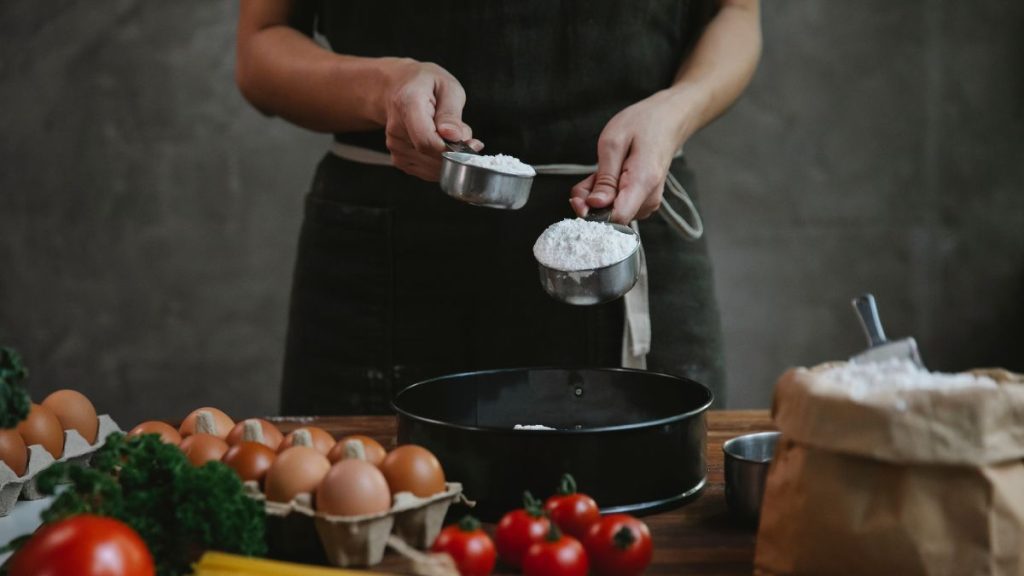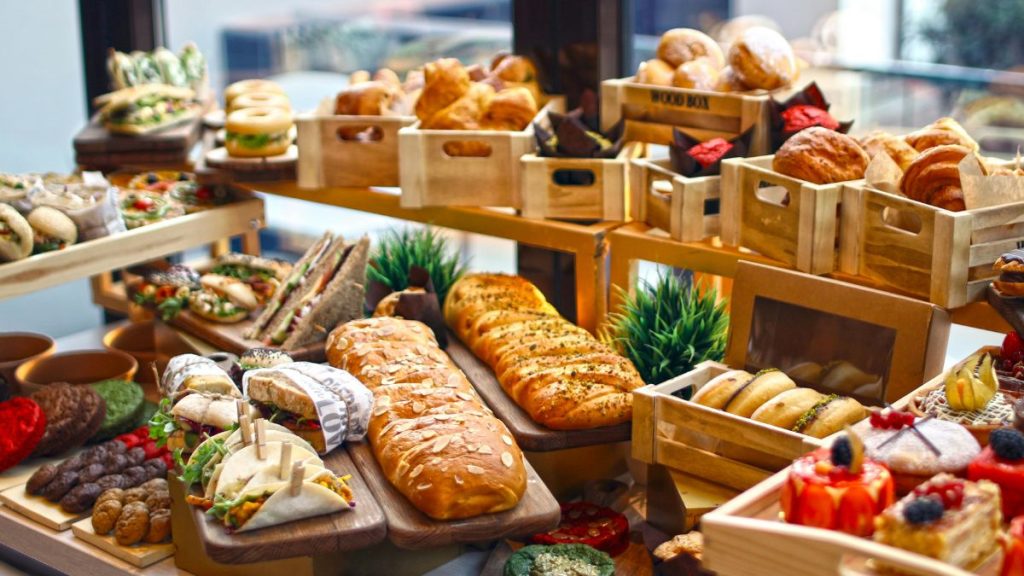The Perfect Wine & Food Pairing: An Expert Guide
Have you ever wondered why some wines make a meal taste even better, while others seem to clash with the flavors on your plate? As a private chef, I’ve learned that wine and food pairing is more than just a tradition, it’s an art that enhances the dining experience by balancing flavors, textures, and aromas. The right wine can elevate a dish, making each bite more enjoyable, while the wrong choice can dull the taste or overpower the meal. Whether you’re a home cook or a fellow chef, understanding how to pair wine with food can transform an ordinary meal into an unforgettable experience. In this guide, I’ll break down the key principles of wine and food pairing, from balancing flavors to choosing the right wine for different types of dishes. You’ll get practical pairing tips, discover which wines complement specific foods, and gain expert insights to help you create perfect matches every time. By the end, you’ll have the confidence to pair wine with any meal like a pro. Key Principles of Wine and Food Pairing Successful wine and food pairing is all about creating harmony between the flavors of a dish and the characteristics of a wine. A well-paired wine enhances the taste of food rather than competing with it. While personal preference plays a role, understanding key principles can help you make better pairing decisions. Below are three essential factors to consider when matching wine with food. Balance Weight and Intensity One of the most important rules in wine and food pairing is to match the weight and intensity of the wine with the dish. A light-bodied wine will get lost when paired with a rich, heavy dish, just as a bold, full-bodied wine can easily overpower a delicate meal. Matching the intensity ensures that both the wine and the food shine without one overpowering the other. Complement or Contrast Flavors Pairing wine and food can follow two approaches: complementing flavors or contrasting them. Both methods can lead to an enjoyable dining experience when done correctly. Experimenting with both complementary and contrasting pairings can help you discover what works best for your palate. Consider Acidity, Tannins, and Sweetness The structure of a wine particularly its acidity, tannins, and sweetness plays a crucial role in wine and food pairing. Understanding how these elements interact with different foods helps create harmony in a meal. Pairing Guidelines for Different Wine Types Choosing the right wine for a meal can elevate the dining experience by enhancing flavors and creating balance. Wine and food pairing follows general guidelines that help match different wine styles with complementary dishes. Below, we explore the best pairings for red, white, rosé, sparkling, and dessert wines to help you make the perfect selection for any meal. Red Wines: Bold Flavors for Hearty Dishes Red wines generally have more tannins and body, making them an excellent match for richer, more robust dishes. However, different types of red wines pair best with specific foods based on their weight and flavor profile. White Wines: Fresh, Crisp, and Creamy Pairings White wines range from light and zesty to rich and buttery, making them highly adaptable for wine and food pairing. The key is to match the body and acidity of the wine with the dish. Rosé Wines: Versatile and Food-Friendly Rosé wines are an excellent middle ground between reds and whites, offering balanced acidity, fruity flavors, and a touch of tannin. Their versatility makes them a great choice for various cuisines. Because rosé wines offer a mix of red and white wine characteristics, they can be a safe and flexible choice when serving multiple dishes at a meal. Sparkling Wines: Crisp, Refreshing, and Palate-Cleansing Sparkling wines like Champagne, Prosecco, and Cava are known for their bright acidity and effervescence, making them incredibly food-friendly. They can cleanse the palate between bites and cut through rich, salty foods. Dessert Wines: Sweet Endings with the Right Balance Dessert wines are made to complement sweet dishes, but the key to successful wine and food pairing is ensuring the wine is sweeter than the dessert itself to avoid an overpowering or bitter taste. Practical Tips for Successful Pairings Achieving the perfect wine and food pairing goes beyond simply matching red wine with meat and white wine with fish. Several factors influence how a wine complements a dish, and understanding a few key principles can help elevate your dining experience. Here are some tips I recommend to ensure successful pairings: 1. Focus on the Dominant Flavor When pairing wine with food, consider the dish’s main flavor profile rather than just the primary ingredient. Often, the sauce, seasoning, or preparation method plays a bigger role in how a dish interacts with wine than the protein itself. By identifying the most dominant element on the plate, you can make more informed wine choices that enhance, rather than clash with, the meal. 2. Experiment and Trust Your Palate While traditional pairing rules offer a great starting point, wine and food preferences are personal. The best way to discover great pairings is through experimentation. There’s no single “right” pairing, what matters most is what tastes good to you. 3. Seek Professional Advice When Needed If you’re unsure about a pairing or want to enhance a special meal, don’t hesitate to seek expert advice. Sommeliers, wine retailers, and online pairing tools can provide reliable recommendations based on the specific dishes you’re serving. Conclusion Pairing the right wine with a meal is more than just a technical process, it’s an opportunity to enhance flavors, create balance, and turn an ordinary dining experience into something unforgettable. Wine and food pairing isn’t about following rigid rules; it’s about exploring combinations that bring out the best in both the wine and the dish. Whether you prefer bold reds with hearty steaks, crisp whites with fresh seafood, or sparkling wines with salty snacks, the key is to experiment and trust your palate. By understanding the principles of pairing, considering factors like acidity, tannins, and flavor intensity,




